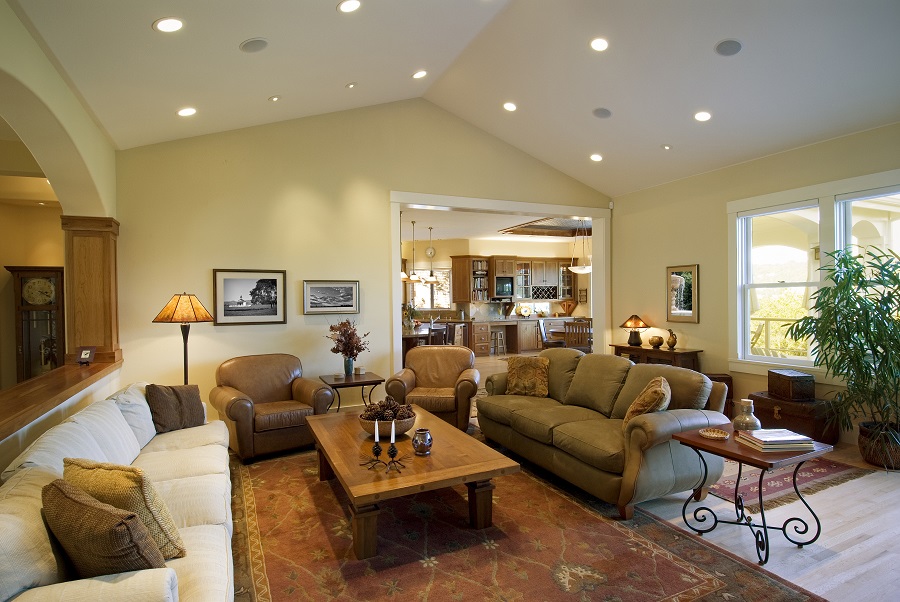3 Steps to Designing the Ideal Whole-House Audio System
Where to place your equipment, what kinds of speakers you can use, how the software functions, and more

We all understand the innate appeal of being able to listen to more of your music at home, wherever and whenever you want. It’s this desire that makes multi-room music systems so popular among homeowners interested in home automation. But there’s more to setting up these systems than simply sprinkling some speakers around your Pasadena, CA home. That’s why we wrote this blog explaining the basics of whole-house audio, including how the software works, the different kinds of speakers you can use, and, yes, where you can place your speakers.
SEE ALSO: What Are the Top Home Automation Trends to Watch In 2020?
SYSTEM SETUP
The beauty of whole-house audio is that these systems allow you to customize them to fit your preferences. You can blast the same song through every speaker in your home if you want, but you’re not limited to that approach.
You can create zones that encompass single rooms, entire floors, your outdoor spaces, or anything in between. You can listen to the same song in multiple zones or a different song in each one. You get independent volume control in each zone, or you can raise or lower the volume in every zone all at once. With this kind of flexibility, you can fill your home with as much or as little music as you like according to your needs at the moment.
SPEAKER OPTIONS
Just as there are many ways to set up the software infrastructure of a whole-house audio system, you have many options for the types of speakers you can use. There are the traditional options, like floor-standing or bookshelf speakers, but you’re hardly limited to these. In fact, these speakers can be obtrusive and disruptive to your interior design.
For your home theater, you can place a network of speakers in your ceiling and walls to create an intense, immersive surround sound effect. In spaces like your kitchen or living room, architectural speakers with small grilles painted over might be more appropriate, as they deliver stunning sound while taking up minimal space and staying out of sight. For your bedroom or bathroom, a few in-ceiling speakers might well be plenty. Your outdoor spaces have their own set of options, including landscape speakers and buried subterranean subwoofers.
SPEAKER PLACEMENT
This is the easy part because, as you’ve undoubtedly seen by now, you can place speakers anywhere you want in nearly any combination. While a home theater may require a special application, in most cases we recommend evenly spread out in-ceiling speakers for your whole home audio. This will allow for sound to be distributed without any peaks or dips in volume. For your landscape speakers, spread them out across your backyard facing inward to ensure sound doesn’t seep out into surrounding homes.
Are you ready to experience a more musical lifestyle for yourself? Call us today at (626) 437-4441 or visit our contact page.



